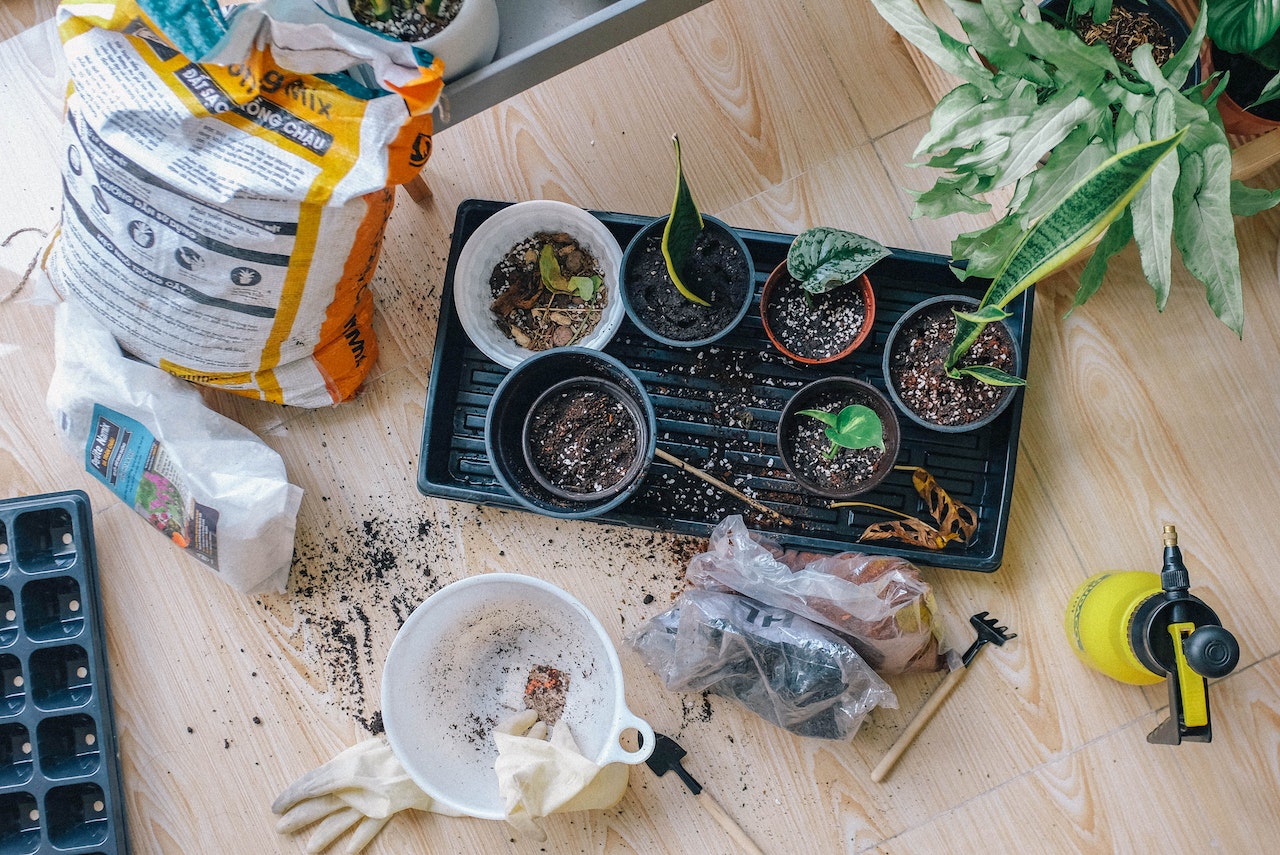Purchasing a home is one of the most significant investments many people will make in their lifetime. Given the magnitude of this decision, carrying out a comprehensive inspection before closing the deal is crucial. This ensures you’re making an informed investment decision and avoids surprises in the future. In this article, we’ll cover some essential tips on how to inspect a home before buying to help you feel more confident and prepared.
Begin with a Basic Exterior Examination
Starting your inspection from the outside is often helpful, as it gives you an overall sense of the property. Begin by evaluating the condition of the roof, as it can incur significant expenses if it needs replacing. Look for missing shingles, signs of wear and tear, and any potential water damage that could indicate leakage.
Next, walk around the property to assess the home’s siding and foundation. Cracks in the foundation can signify serious structural problems, so be keen on detecting any uneven floors or cracks. Check for any growth of mold or algae on the exterior, which can usually indicate water issues. Consider consulting a professional if you notice any concerning signs outside.
Explore the Interior for Potential Issues
Once inside, your inspection should cover several different areas. Start by examining the ceilings and walls for visible cracks, which can be telltale signs of underlying issues. Water stains and mold development are red flags indicating leaks or past water problems. Also, ensure doors and windows open and close smoothly, checking for drafts that could suggest poor sealing or insulation problems.
Investigate the flooring closely as well. Creaky floors, tiles with cracks, or evidence of termites are serious issues that should be noted. Particularly in older homes, it’s important to ensure floors are level and sturdy.
Assess Essential Systems: Plumbing, Electrical, and HVAC
The plumbing, electrical, and HVAC systems are critical components that warrant careful examination. Initiate a thorough check of the plumbing system by running faucets to observe pressure levels and ensure drainage works smoothly. Inspecting under the sinks can help detect leaks, while flush all toilets to see if they operate properly.
In terms of electrical systems, examine the breaker panel for labeling and organization. Test all light switches and outlets to ensure functionality and safety. It’s crucial to determine if the electrical infrastructure can handle your power needs and if it’s in compliance with modern standards.
For HVAC systems, ensure they are functioning correctly for both heating and cooling. An old or malfunctioning system may require a full replacement, a hefty investment that should be considered when negotiating a home purchase price.
Do Not Overlook the Attic and Basement
Attics and basements can often harbor hidden issues. In the attic, look for signs of pests, proper insulation, and ventilation. Proper attic maintenance can also illuminate potential roof issues, such as leaks or weak structural points.
The basement requires careful scrutiny for moisture presence or pest infestations. Odors can be a subtle indicator of water issues that might not be visually noticeable. Pay attention to the state of any exposed beams or structural elements, as these can be indicators of more significant problems.
Get Professional Insight: Hire a Qualified Inspector
Regardless of how thorough your self-conducted inspection might be, hiring a professional home inspector can offer invaluable insights. They possess the expertise and experience to identify potential problems that could slip by the untrained eye. These professionals provide a detailed report of their findings, providing you with the leverage needed during price negotiations.
A qualified inspector will also ensure you are meeting local building codes and standards, which is crucial for securing insurance and value protection for your asset. If you’re planning to make any improvements or remodeling, it’s beneficial to explore home improvement with Rosie Right who are experts in such projects.
Understand the Significance of Location
The house itself is a major factor, but where it is located holds equal importance. Evaluate the neighborhood in terms of amenities, insurance rates, and future development. Check crime rates, school district ratings, and the quality of local services.
Doing initial research online, perhaps using its location on maps, will help you get an overview of the proximity to key areas such as public transportation, hospitals, and markets. More importantly, take the time to visit the property at different times to oversee daily traffic patterns and the atmosphere of the neighborhood during evening hours.
Consider Future Renovations or Remodeling
When purchasing a home, think ahead about whether you might want to make renovations or remodeling in the future. Not every home will meet all your requirements right away. Having a vision for potential upgrades can help you form a comprehensive understanding of the types of maintenance or repair tasks that might be needed down the line.
If you’re buying a home in Arizona, you might be interested in the remodeling for Scottsdale neighborhoods. Planning these decisions ahead not only sets clear expectations but allows you to create a realistic financial plan.
Be Ready to Walk Away
Finally, remember that not every home will meet your requirements or price constraints, and it’s okay to walk away. Patience is crucial in real estate transactions to avoid buyer’s remorse. If inspections reveal hidden costs that dramatically alter the value of the property, use the opportunity to reconsider your options.
In making a significant decision like buying a house, having options and remaining flexible is paramount. This perspective allows you to pursue another listing or location until you find the perfect fit for your lifestyle and needs.
All in all, with thorough preparation, attention to detail, and the assistance of professionals, inspecting a home before purchasing can ensure you’re confident and self-assured in one of life’s major acquisitions. Take the time to thoroughly inspect and consider future possibilities—it’s not just a purchase, but an investment in a future home filled with potential and stability.



